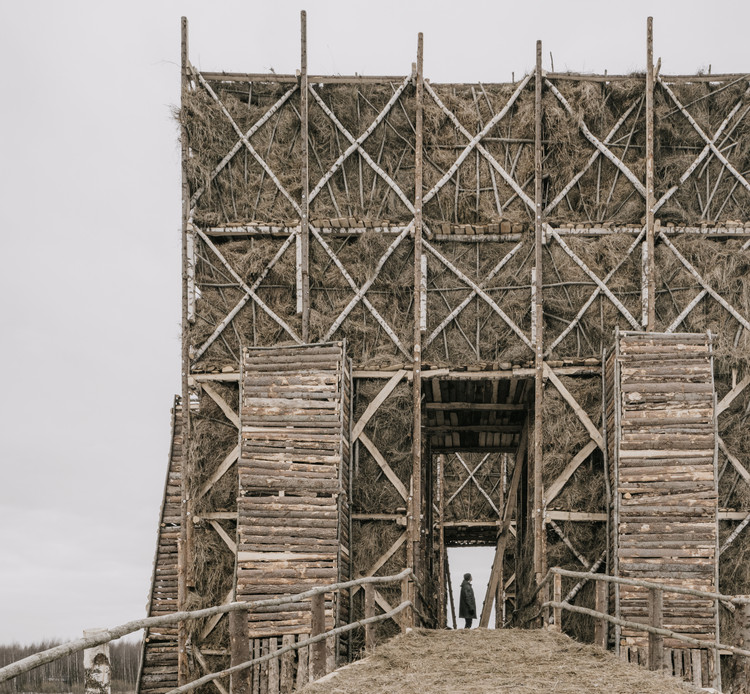
-
Architects: KATARSIS ab
- Area: 1120 m²
- Year: 2020
-
Lead Architects: Peter Sovetnikov, Vera Stepanskaya

Text description provided by the architects. Nikola-Lenivets is a small Russian village located in the Kaluga Region, not too far from Moscow, where artist Nikolay Polissky created one of the largest art parks in Europe. The area of 650 ha serves as an experimental ground for visual arts, architecture, music, and theatre. Having engaged the village community, Nikolay created a world-famous landmark with a steady flow of tourists that contributes to local employment. The park regularly hosts large-scale festivals, and Archstoyanie is, probably, the best known among them.




















































































